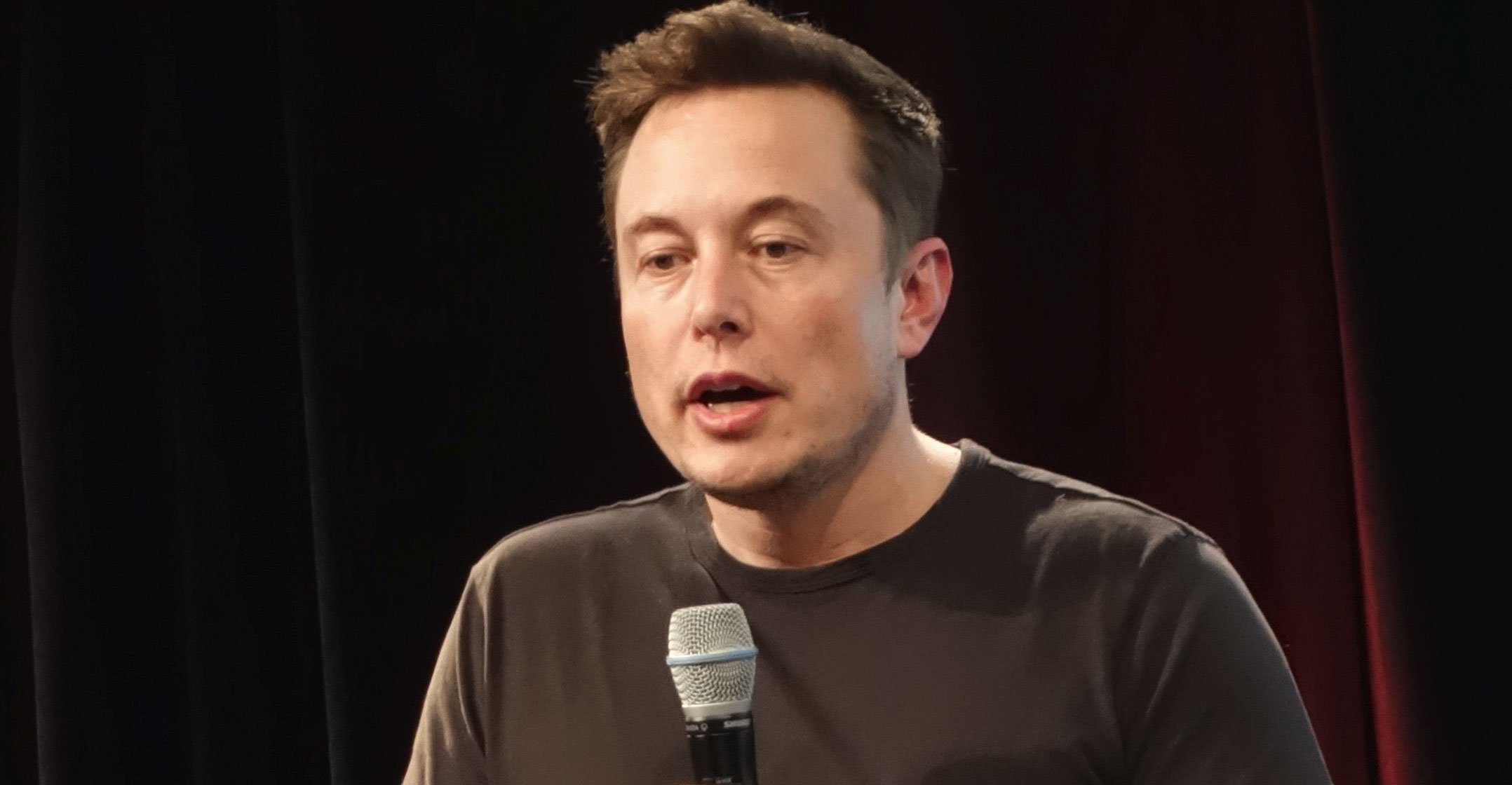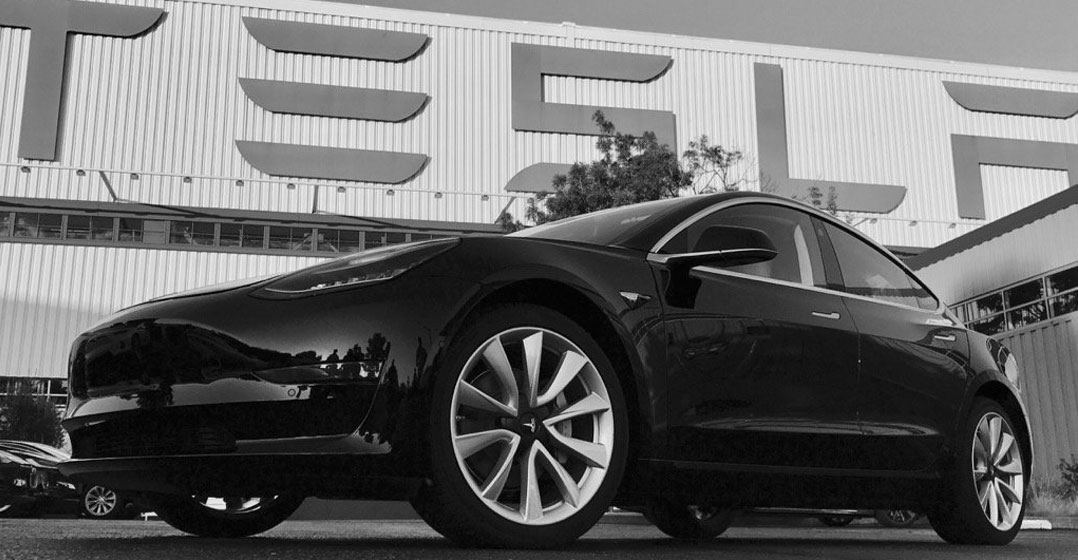
One hundred and forty-three days. That’s how much time Elon Musk has till the big bills start coming due in the debt market.
That, in truth, wouldn’t be considered a ton of time in most circumstances. But in 2018, with capital markets still minting bonds and loans by the trillions, it’s still relatively comfortable runway for a company like Tesla to secure a financial reprieve.
So, despite all the hand-wringing over the manufacturing setbacks and the perplexing Musk tweets and the run-ins with regulators, Tesla’s stock still trades at astronomical valuations and its bonds show almost no concern of a default in the near term.
For now, at least. The question is whether Musk can use these 143 days to appease the Securities and Exchange Commission with changes to Tesla’s board — including his own removal as chairman — and then start producing electric cars fast enough to generate the cash needed to either start paying back those debts outright or convince creditors to roll them over. Third-quarter production numbers were solid, with Tesla hitting its target for its crucial Model 3 sedan, but that growth needs to be sustained in the months ahead.
“The market isn’t indicating there’s any imminent danger, they have time,” said Chris Hartman, a senior portfolio manager at Aegon Asset Management. “It’s only five months, but as long as there isn’t some global liquidity crisis, they should be able to access the capital markets, albeit at a much higher rate, to keep the story alive.”
Representatives for Palo Alto, California-based Tesla didn’t respond to requests for comment.
$1.5-billion
More than US$1.5-billion out of Tesla’s total debt of $11.5-billion is coming due in the next 13 months. Some of the first maturities actually fall over the next few weeks but the first payment of real consequence comes due on 1 March: a $920-million convertible bond with an equity-conversion price set at $360. With the stock trading now at a mere $262, it seems unlikely that investors will be able to swap into the shares, meaning that Tesla will be on the hook to pay the money back.
Credit markets, for now, are taking that in stride. Tesla’s 5.3% bonds due in 2025 are now yielding more than 8%, in line with other debt with similar CCC ratings, according to Bloomberg Barclays index data.
But there are signs of doubt. More creditors are hedging their bets in the derivatives market. It now costs almost $2-million upfront to insure $10-million of Tesla bonds from default over five years in the credit derivatives market. Just two months ago, the upfront cost was less than $1.3-million.

Tesla had $2.2-billion of cash as of 30 June, about half of what it was at the beginning of last year.
The electric-car maker has put its investors through the wringer with a series of high-profile departures, persistent operational challenges, and most recently, a lawsuit from the SEC that threatened to remove Musk, the visionary who has become synonymous with the Tesla name, from the company entirely.
He settled that case late last month by agreeing to pay a $20-million fine, appoint a new chairman to the board and add two independent directors. To the relief of investors, he was allowed to stay on as CEO. (Days afterward, Musk unnerved investors again by expressing his frustration with the settlement — which isn’t final yet — in a tweet that mocked the SEC.)
Musk has said that Tesla won’t need to raise more money as it will generate positive free cash flow in the second half of this year, and crank out sustainable profits for the first time in its 15-year history.
In any event, there are no good financing options right now anyways. The most likely, according to Bloomberg Intelligence analyst Joel Levington, would be the sale of another convertible bond or a capital raise in the equity markets.
The sale of collateralised debt — typically a cheaper form of financing — would be possible too, but such a transaction would likely rattle existing bondholders because the new creditors would jump ahead of them in the repayment line, Levington said.
All of which just underscores the urgency of Musk’s efforts to sell more cars and start generating steady profits before the first of those big bills comes due. — Reported by Molly Smith, with assistance from Misyrlena Egkolfopoulou, (c) 2018 Bloomberg LP




